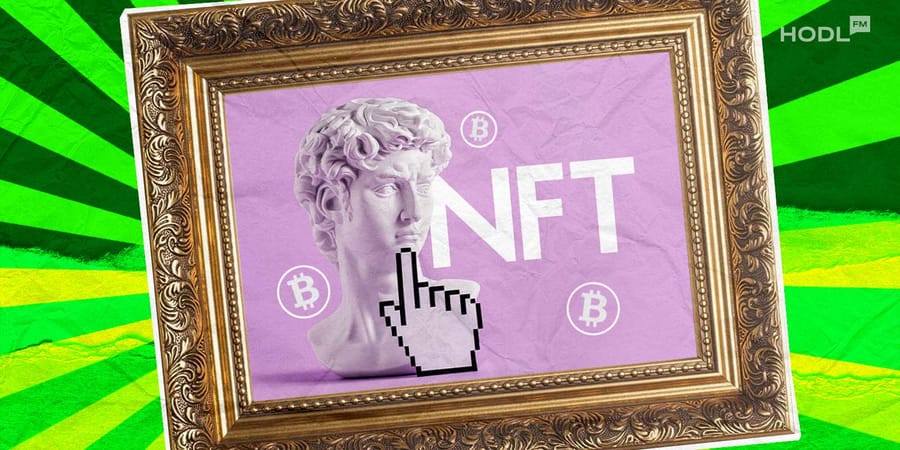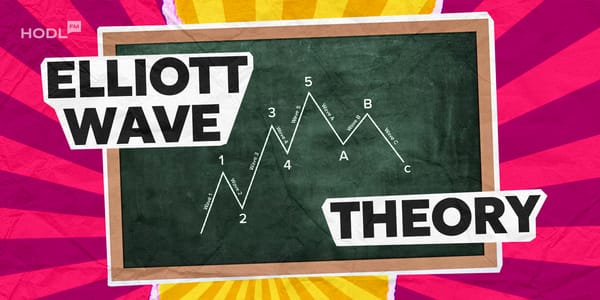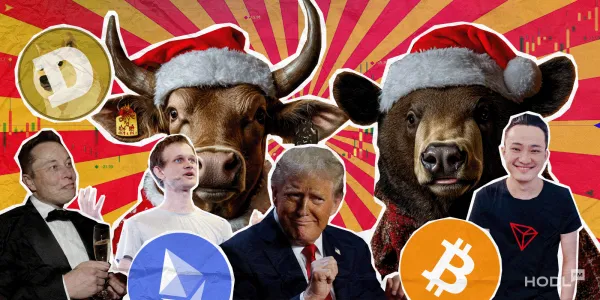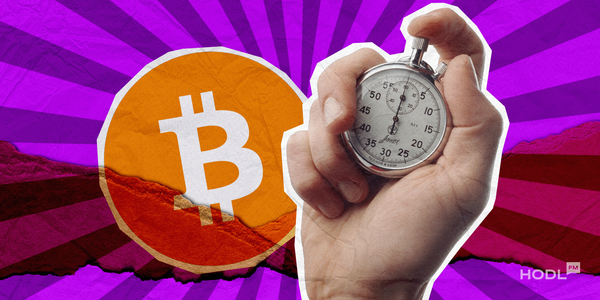What's the point of buying something for several million dollars if anyone can just take a screenshot of it? How can a digital picture be more valuable than a picture hanging on the wall? If you’re asking yourself these questions, this article is for you. Now, you will finally learn everything about NFT: meaning, key events, dizzying examples, and a cool future that is coming right now.
What Is an NFT?
NFT stands for Non-Fungible Token. It's a digital asset, such as artworks, digital content, or videos, stored on a blockchain.
What Does "Non-Fungible" Mean?
Non-fungible, in other words, is unique. It can't be exchanged one-for-one with others.
Non-Fungible vs. Fungible Assets
Fungible assets are interchangeable. For example, one bitcoin is always equal to another bitcoin, or one dollar can be swapped for another (if only the banknote is not torn).
Non-fungible assets like event tickets: they may look similar, but give access to different seats. So you can't just trade them randomly.
What Is the Difference Between Cryptocurrency and NFTs?
Cryptocurrencies, tokens, and NFTs are all digital assets built on blockchain technology, but they serve different purposes. Cryptocurrencies like Bitcoin or Ethereum are digital currencies that can be used as money, a store of value, or for transactions.
Tokens are created on existing blockchains and are generally divided into two categories: fungible and non-fungible, in other words, identical and unique. Tokens that serve as cryptocurrencies or give voting rights are fungible, while NFTs, the topic of today's article, are non-fungible.
How Do NFTs Work?
NFTs work on a blockchain, a digital chain of blocks that store transactions. Most NFTs are built on Ethereum, but unlike regular tokens, they use a special set of rules called the ERC-721 protocol.
This protocol works through smart contracts, programs that run automatically when certain conditions are met. You can think of them as digital agreements that don't need a lawyer.
The process of creating an NFT is called minting. When someone mints an NFT, the smart contract adds it to the blockchain and records ownership details.
Examples of NFTs
Beeple's "Everydays: The First 5000 Days"
Canadian digital artist known as Beeple (real name Mike Winkelmann) began creating one digital artwork every day starting in 2007. After 13.6 years or 5,000 days, he compiled all of it into one massive collage "Everyday: The First 5000 Days". It was sold as an NFT for $69 million at Christie's and became the most expensive NFT ever.
Bored Ape Yacht Club (BAYC)
It's those relaxed cartoon apes that you've probably seen. This collection features 10,000 unique NFT monkeys. Among them, you’ll find zombie apes, robot apes, apes in sailor hats, leather jackets, 3D glasses, and more.
The key feature of BAYC is that it is an exclusive digital club, of which Eminem, Snoop, and Paris Hilton are members. Despite all the price fluctuations, Bored Ape NFT remains in the top 5 collections on OpenSea.
Virtual Land (Decentraland, The Sandbox)
Snoop Dogg bought virtual land in The Sandbox, a metaverse platform where users can buy, sell, and build on parcels of digital real estate. He even created a "Snoopverse", a themed space where fans could attend virtual events, buy NFT-based items, and interact in the digital world.
Donald Trump NFT
Donald Trump, who once called himself the "crypto president," launched his set of Trump Digital Trading Cards. People who bought them could win real items like Trump-themed sneakers or cards with pieces of his debate outfits. Purchasing 250 cards unlocked access to special events, including private dinners with Trump at his Florida club.
Cryptokicks
Nike's cryptokicks are digital sneakers linked to real, physical shoes. Made with RTFKT Studios, they feature auto-lacing, lights, and app control. Buyers get an NFT and can order the matching physical pair from a limited drop of 19,000.
History of NFTs
NFTs were created long before they became mainstream. The first one, Quantum, a short looping animation, appeared back in 2014. However, the real boom began during COVID-19. As people moved online in 2020 and 2021, NFTs and the Metaverse exploded in popularity. People went crazy, spending millions of dollars on everything from digital NFT art to complete nonsense. It was true NFT fever.
By May 2022, the hype had peaked. Many began to realize the assets were overvalued, and the bubble burst. A September 2023 report from dappGambl claimed that 95% of NFTs had dropped to zero monetary value, and 79% of all NFT collections remained unsold. Just imagine, items once bought for millions were now worthless.
The Wall Street Journal announced NFT "among the most speculative”. In turn, Bill Gates completely slammed the technology:
“I’m used to asset classes where, like a farm, they have output or a company where they make products. Having an asset class that’s 100% based on a greater fool theory that somebody is going to pay more than I do, [...] I’m not involved in that.”
In the following years, Ethereum switched from Proof of Work to Proof of Stake, reducing energy use and gas fees. NFTs are now minted not only on Ethereum but also on faster, cheaper blockchains like Polygon, Solana, and Avalanche.
Back then, in 2021, no one really knew how to use them. However, the focus has now shifted toward real utility, and the NFT market is entering a more mature phase. One of the biggest trends has become hybrid NFTs, which link digital tokens to real-world items or perks. Nike's cryptokicks, for example, connect NFTs to actual sneakers. Luxury brands are also issuing NFTs as digital twins of their physical goods.
Why Are NFTs So Expensive?
If you browse OpenSea, the most popular NFT marketplace, you'll probably notice that many NFTs are much more expensive than regular crypto tokens.
That's partly because NFT buyers, like traditional collectors, find value in owning a unique digital item, whether it's a meme or a digital card. The satisfaction comes from having something that others don't.
Another major factor is speculation. Demand and hype are driving prices into the millions even if these assets don’t have any intrinsic value.
Why Were NFTs So Popular?
Everything has become popular thanks to social media and celebrities. Back in 2021, having a monkey as your profile picture on Twitter was the new status symbol, kind of owning an iPhone. Sure, you could stay with Android, but then you'd miss the chance to feel "special "and be part of the in-crowd.
Celebrities jumped on the NFT trend, too. Snoop Dogg, Madonna, Paris Hilton, Eminem, and Jay-Z all bought NFTs, while some even minted their own and made serious money.
How to Make an NFT
Now it's time to become an NFT creator! Non-fungible token development is not as hard as you might think. If you already have something you want to share with the world, let's mint it right now.
- Choose what you want to turn into your digital art.
- Connect MetaMask to the platform. It’s a crypto wallet that lets you make transactions and store your digital assets.
- Choose a platform. For example, OpenSea or Rarible. The first one has the most users, so among OpenSea NFTs, you can find any that you are interested in.
- Upload your file. If you’ve ever created a token, the process is similar and partly about marketing. You see among NTF, there are a lot of mediocre pictures, which are obviously not difficult to create. Much more important, WHAT they mean. So, come up with a strong name and description. Explain why your NFT is unique and stands out from thousands of others.
- Pay the gas fee to mint your NFT, that is, to record it on the blockchain. Tip: If the gas fee looks very high, wait a few minutes and refresh the page a few times. It might drop.
- Congrats! You’re now the official creator of an NFT.
How to Buy and Sell NFTs
After you’ve created your NFT, let’s sell it. List your artwork, set a fixed price, or choose an auction. When someone buys it, you’ll receive the payment minus the platform fee (usually around 2.5%). Yes, my friend, you need to pay twice. The second one is for listing or accepting an offer.
If you fall in love with some NFT and are ready to buy it, make sure your MetaMask wallet is connected and topped up with crypto. Pay the purchase price and, of course, the gas fee. Get your new collection item.
Risks and Challenges of NFTs
What you should be ready for when you gonna dive deep into the NFT world:
- Price volatility of NFTs. The price of CryptoPunk #7804 (one of the most popular NFT) soared to over $7 million in early 2021 and then dropped to around $500,000 in late 2022.
- Scammers. Of course, with NFTs, as with tokens, creators can drive the asset to a high price and then sharply sell out all collections which would lead to a price drop. Also, they can create fake NFT trading platforms and steal your money, data, and credentials.
- The challenge with copyright. That’s no problem for someone to right-click your genius digital picture, save it to their computer, and mint it as their own NFT.
Future of NFTs
Despite all challenges, the non-fungible token market is expected to grow by $84.13 billion from 2025 to 2029, with a 30%+ compound annual growth rate. Even now, trading volume is still massive, $30 billion in Q1, proving that interest is evolving. Future NFT trends will focus on credentials, real-world assets (RWA), and supply chains.
You won’t need to visit government offices or stand in long lines because all your documents could be stored as NFTs. Technology can also provide reliable information about goods: where they came from, how they were produced, and who handled them.
In real estate, an NFT can represent ownership of a property. This makes buying, selling, or trading property faster and more transparent, without needing brokers or lawyers. For example, the first such deal has already taken place in Dubai.
Get Ready for the New NFT Surge
While digital assets bring new opportunities, it's still the wild west. NFT marketing can be aggressive, so be careful, as scammers never sleep. Whether it's a Trump NFT, a monkey NFT, or an NFT diploma, always do your own research.
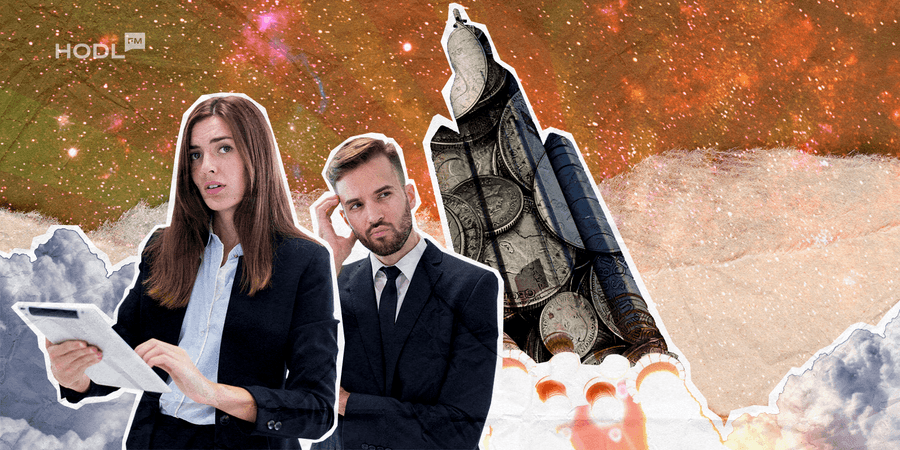
Disclaimer: All materials on this site are for informational purposes only. None of the material should be interpreted as investment advice. Please note that despite the nature of much of the material created and hosted on this website, HODL FM is not a financial reference resource, and the opinions of authors and other contributors are their own and should not be taken as financial advice. If you require advice. HODL FM strongly recommends contacting a qualified industry professional.
